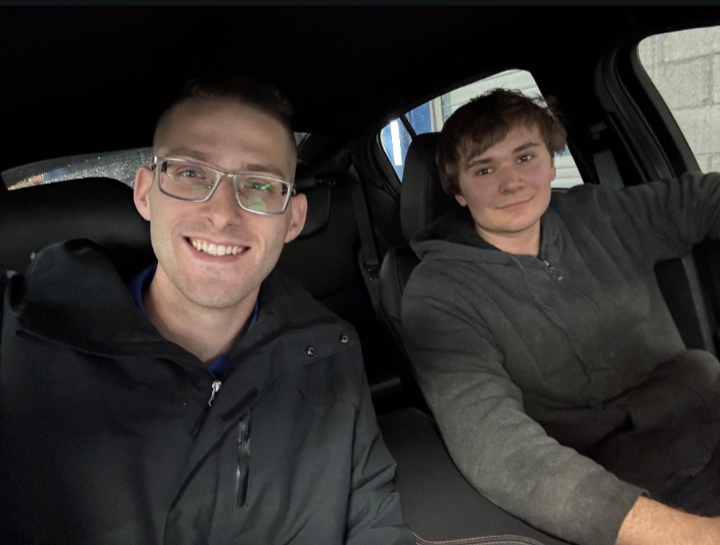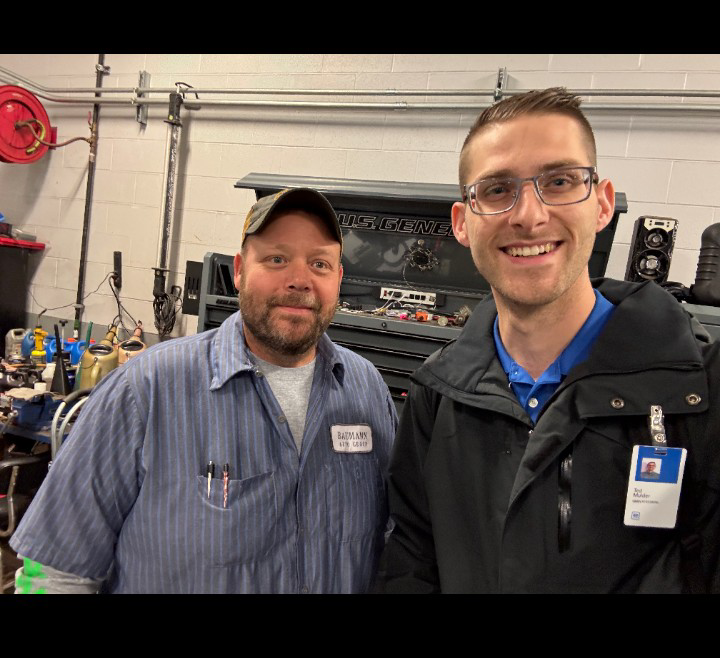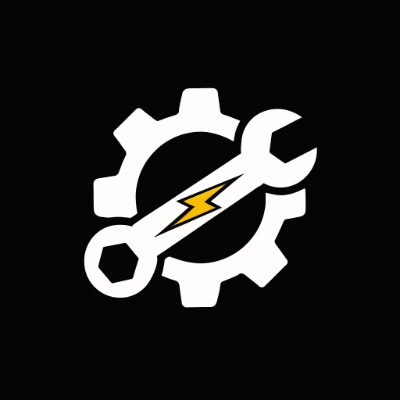Activity
Mon
Wed
Fri
Sun
Jan
Feb
Mar
Apr
May
Jun
Jul
Aug
Sep
Oct
Nov
Dec
What is this?
Less
More
Owned by Ted
Reignite your pride, mastery, and purpose in the automotive trade. Think sharper, work smarter, and build confidence that lasts a lifetime.
Memberships
Skoolers
181.8k members • Free
11 contributions to Torque Authority Hub
Torque Spotlight
Today we're highlighting our very own @Alek Bielenda ! I recently had the privilege of working with him on a vehicle inspection. Alek is the man!! Every so often, a technician walks into the shop with a level of drive that can’t be taught—only developed. That person is Alek, a rising technician whose commitment, pace of learning, and professional presence already set him apart. Alek may be newer to the field, but you wouldn’t know it by watching him work. He approaches every task with the same seriousness and curiosity you’d expect from a seasoned veteran. He doesn’t just complete the job—he studies it, breaks it down, and makes sure he understands the why behind every step. That mindset is what separates a good tech from a great one, and Alek is clearly on the latter path. What stands out most is his hunger to excel. In an industry where it’s easy to settle into routine, Alek refuses to coast. He’s constantly seeking additional technical information, clarifying systems, learning new diagnostic strategies, and sharpening his understanding of the vehicles he works on. Ask a question, and he’ll either know the answer—or he’ll hunt it down, verify it, and bring it back with clarity and confidence. But knowledge alone doesn’t make a top-tier technician. Professionalism does—and Alek brings that in full force. Whether he’s engaging with coworkers, approaching a repair order, or representing the shop, he shows respect for the craft and the people around him. He listens well, communicates clearly, and carries himself with the kind of reliability that customers and team members notice. These qualities—technical aptitude, rapid learning, and genuine professionalism—form a combination that’s rare in a newer technician. And they’re exactly why Alek is already earning trust, handling increased responsibility, and making measurable contributions to the team. Alek’s trajectory is obvious: he’s going places. His foundation is strong, his work ethic is sharp, even when his growth curve appears steep. What he’s building now—through repetition, curiosity, and consistent effort—will become the backbone of a long, successful career in the automotive industry.

Torque Spotlight
Today we're spotlighting @Brian Steinhauser . He's a great guy and he just joined this community! I recently had the chance to work with Brian, and he made an immediate impression. His technical knowledge is rock-solid, and he approaches diagnosis with calm, methodical confidence — no guesswork, no ego, just skill. What really stood out was how professionally he conducts his work. He communicated clearly, asked smart questions, and took real pride in getting the job done right the first time. Brian is the kind of technician who quietly raises the standard for everyone around him — and he deserves to be recognized. Most importantly, Brian shows pride in his work. You can’t teach that. It’s the mark of a true professional. So here’s to Brian: a technician who represents exactly what the automotive field needs more of — skill, integrity, and a standard of excellence that elevates everyone around him. Let's hear it for Brian!

“Change Your State, Change your Story, Then Change your Strategy”
You may have noticed that I’ve been radio silent for a little while. Part of that is because I’ve been focusing on improving my own mindset by taking a mindset recalibration and technology fast (as much as that is possible while still being employed in the automotive world, lol). A little while ago, I sat through a Tony Robbins seminar — not for hype, but to get my own head straight. I expected motivation. What I got was a gut check. I realized we often try to solve the wrong problem — we’re all chasing better strategies to make the automotive service industry better, when the real fix starts inside: change your state, rewrite your story, and the strategy takes care of itself. We think the answer is always a better strategy. Better workflow, better equipment, better pay plan, better leadership. But here’s the truth Tony laid out — and once I saw it, I couldn’t unsee it: "Strategy comes last. To really change results, you first change your state, then your story, and only then your strategy." - Tony Robbins Let's break that down in shop-floor terms. 1. STATE — How You Show Up Your state is your physical and emotional condition — your breathing, your posture, your energy, your focus. If you roll into work already frustrated, tired, and mentally fried, it doesn’t matter what strategy you use — your brain’s running on low voltage. Before you touch a tool, check your own system first. Take 30 seconds to reset. Straighten up. Breathe deep. Move your body. Take a walk. You can’t fix a car when your own “control module” is in a logic-lock state. Professionals know this: when your state changes, your thinking changes. 2. STORY — The Narrative You’re Running The story is the meaning you assign to what’s happening. “I’ll never figure this out.” “Nobody here respects my time.” “This customer’s impossible.” Sound familiar? We all tell ourselves stories like this — but those stories decide what we see and what we miss. Try this instead: “This is data I haven’t connected yet.”

⚖️ Separate Self-Worth from Productivity
In the automotive world, it’s easy to feel like your value depends on how many hours you flag. But that mindset burns out good techs fast. That same negative thinking plagued me in my work for years. Until I learned how to separate the two. Your worth isn’t measured in billed hours — it’s shown in your craftsmanship, consistency, and contribution. When you diagnose accurately, help another tech, or deliver quality work — that is success. The labor guide might define pay time, but you define your professional value. Take time to recharge, grow, and live beyond the bay. You’re more than the hours on a repair order. #AutomotiveTechnician #MindsetMatters #CareerGrowth #TorqueAuthority
2
0

Curiosity: Your Competitive Edge
The best technicians aren’t the ones who know everything — they’re the ones who stay curious enough to keep learning. I'm curious -- in what ways have you seen Curiosity take you to the fix? Share your stories in the comments!

0 likes • Oct 23
@Kelly Hong That's a great find!! This right here is what Torque Authority is all about. 🔧🔥 That mix of curiosity, critical thinking, and willingness to question an ‘authoritative’ answer — that’s what separates a parts changer from a true diagnostic thinker. You trusted your gut, verified your theory, and proved it with solid testing. Stories like this remind everyone why developing your own thought process is the most valuable skill in this trade. Huge respect for following that curiosity all the way to the real root cause — corrosion from a leaking windshield isn’t an easy find! Appreciate you sharing this, Kelly — you’ve just raised the bar for what ‘thinking techs’ look like in this community!!
1-10 of 11
@torque-authority-7140
Husband and Father | Field Service Engineer | Author | ASE Certified Master Technician | Founder of Torque Authority
Active 9d ago
Joined Jul 13, 2025
Toledo, OH

